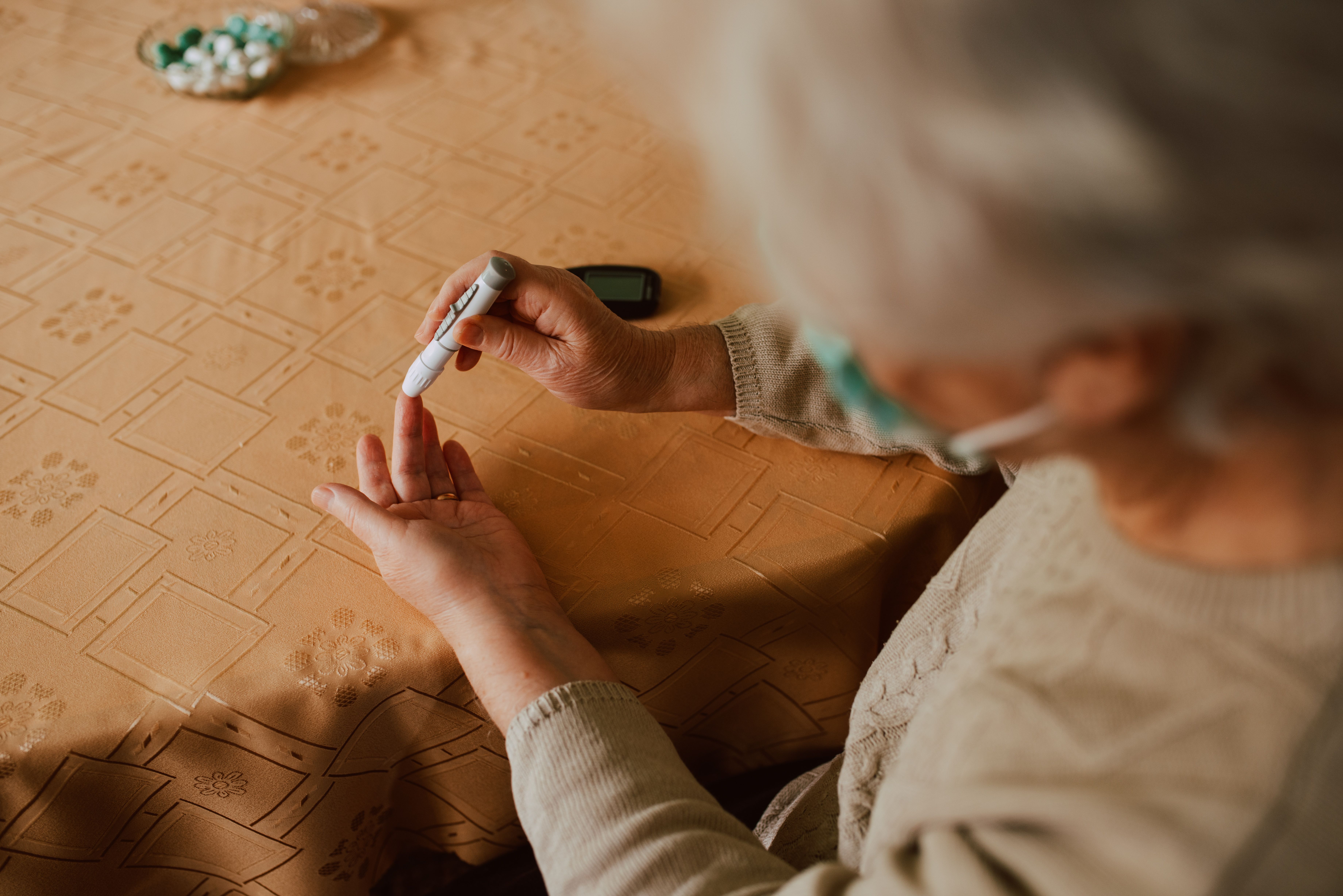Type 2 Diabetes Diagnosis More Likely After COVID-19 Infection
A matched cohort study found COVID-19 infection increased the risk of new type 2 diabetes diagnosis. Compared to patients with acute upper respiratory tract infections, COVID-19 patients were 28% more likely to develop diabetes.

The aftermath of a COVID-19 infection remains ambiguous. Continuous sequalae, like “long covid,” can render people unable to complete day-to-day tasks or work. However, COVID-19 may increase the likelihood of developing chronic conditions as well.
A recent study, published in Diabetologia, examined the incidence of diabetes after COVID-19 infection.
It is known that SARS-CoV-2 virus can target the pancreas. Post-COVID-19 infection, investigators have observed fewer insulin secretory granules in beta cells, as well as impaired glucose-stimulated secretion. Some COVID-19 patients even developed insulin resistance and elevated blood glucose levels despite having no prior history of diabetes. After a COVID-19 infection, the immune system can remain active for months, impairing insulin efficacy in the liver, muscle, and fat cells.
The study ran from March 2020-January 2021 and was led by investigators from the led by the German Diabetes Center (DDZ), German Center for Diabetes Research (DZD) and IQVIA (Frankfurt). The retrospective cohort study utilized the Disease Analyzer, which includes 8.8 million patients across 1171 physician practices in Germany.
Of the total study population, 35865 people were diagnosed with COVID-19. The investigators selected patients with acute upper respiratory tract infections (AURI), commonly induced by viruses, as a control group. The cohorts were matched for age, sex, health insurance, index month for COVID-19/AURI, and comorbidity (obesity, hypertension, hyperlipidemia, myocardial infarction, and stroke).
Patient follow-up continued through July 2021, during which type 2 diabetes was diagnosed. Newly diagnosed diabetes was defined based upon ICD-10 codes (type 2 diabetes: E11). The investigators fitted Poisson regression models to obtain incidence ratios (IRRs) for diabetes.
The average age of the study population was 43 years, and 46% were female. The individuals who contracted COVID-19 had a higher type 2 diabetes incidence rate than those with AURI. Per 1000 people per year, 15.8 COVID-19 patients developed diabetes, compared to 12.3 AURI patients. Using marginal models, the adjusted IRR for type 2 diabetes was 1.28. Overall, the relative risk of developing diabetes was 28% more likely in the COVID-19 group than in the AURI group.
The investigators noted that the vast majority of people with mild COVID-19 infection are unlikely to develop type 2 diabetes. However, they asked that people who have recovered from COVID-19 be vigilant in monitoring for indicative symptoms like fatigue, frequent urination, and increased thirst. “If confirmed,” they wrote, “these results support the active monitoring of glucose dysregulation after recovery from mild forms of severe acute respiratory syndrome coronavirus 2 (SARS-CoV-2) infection.”
